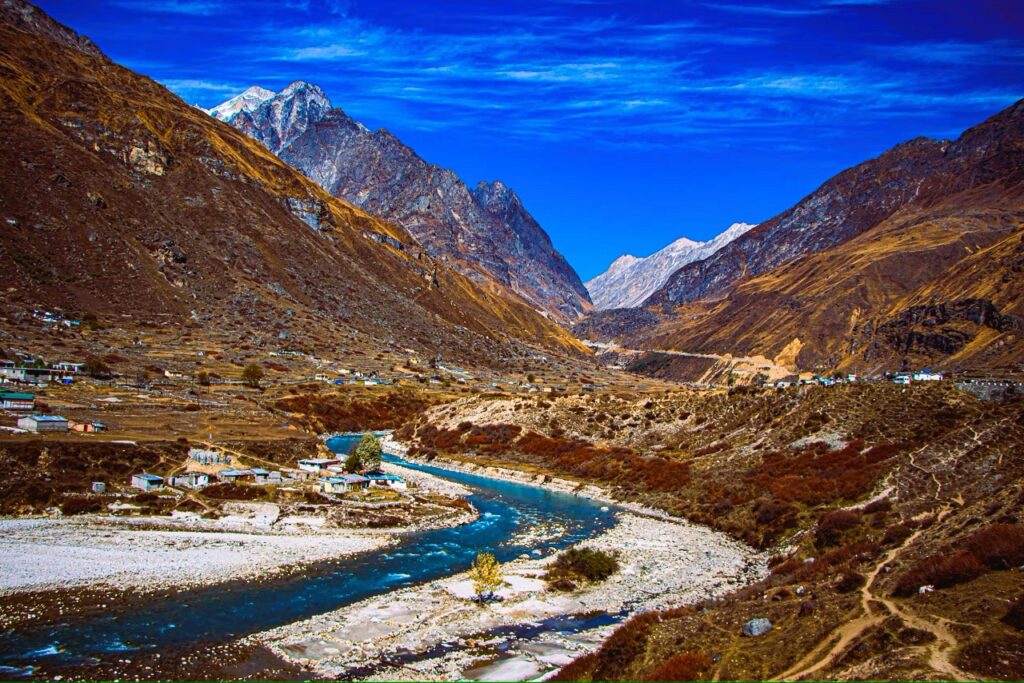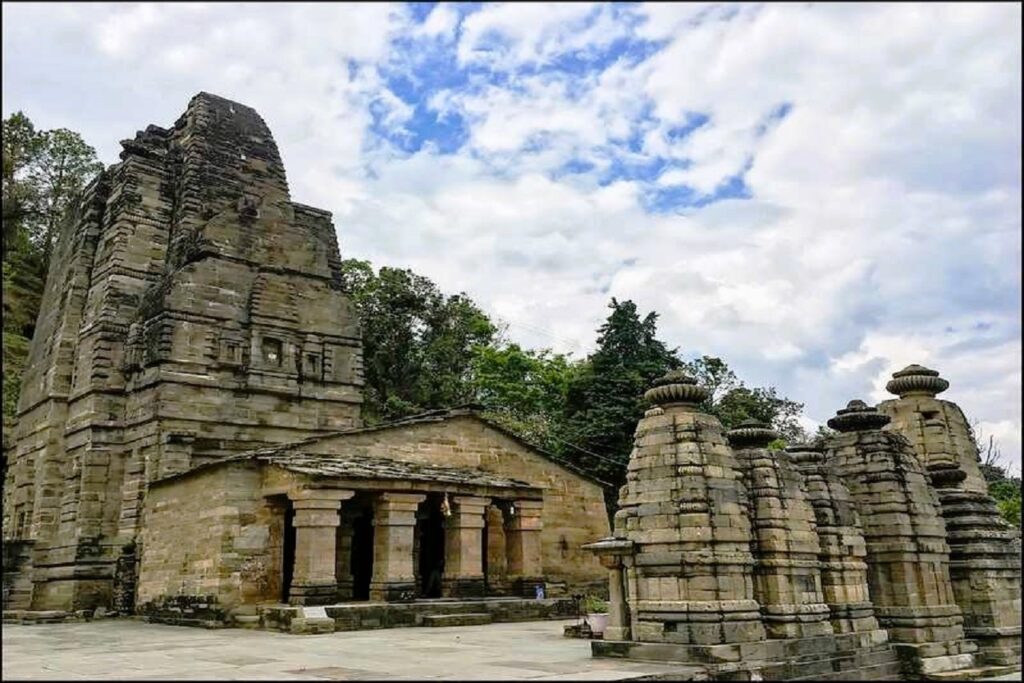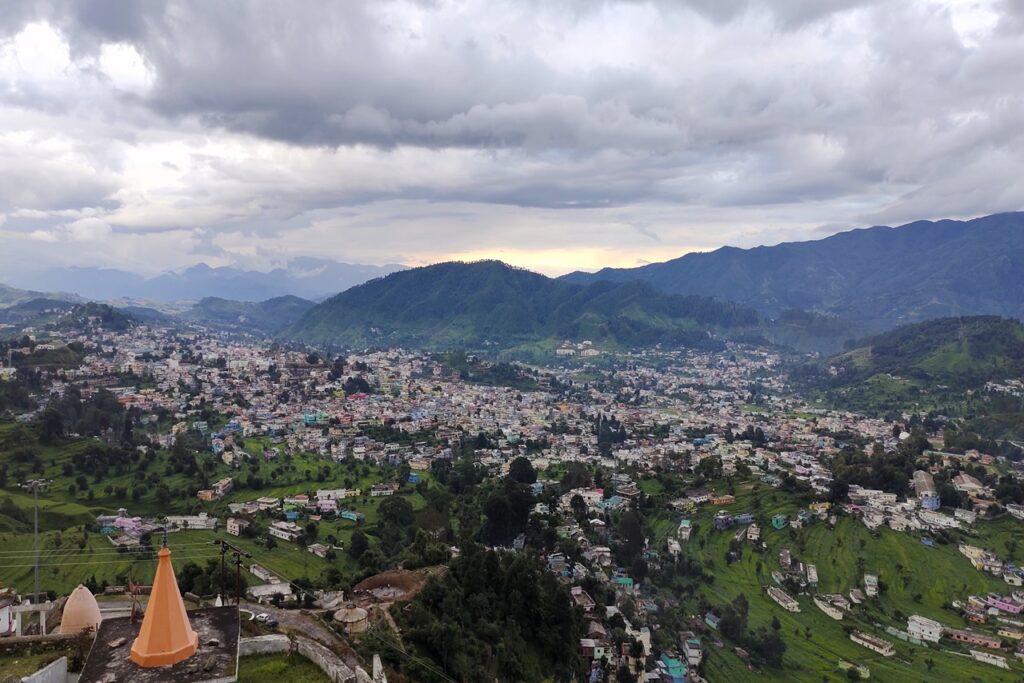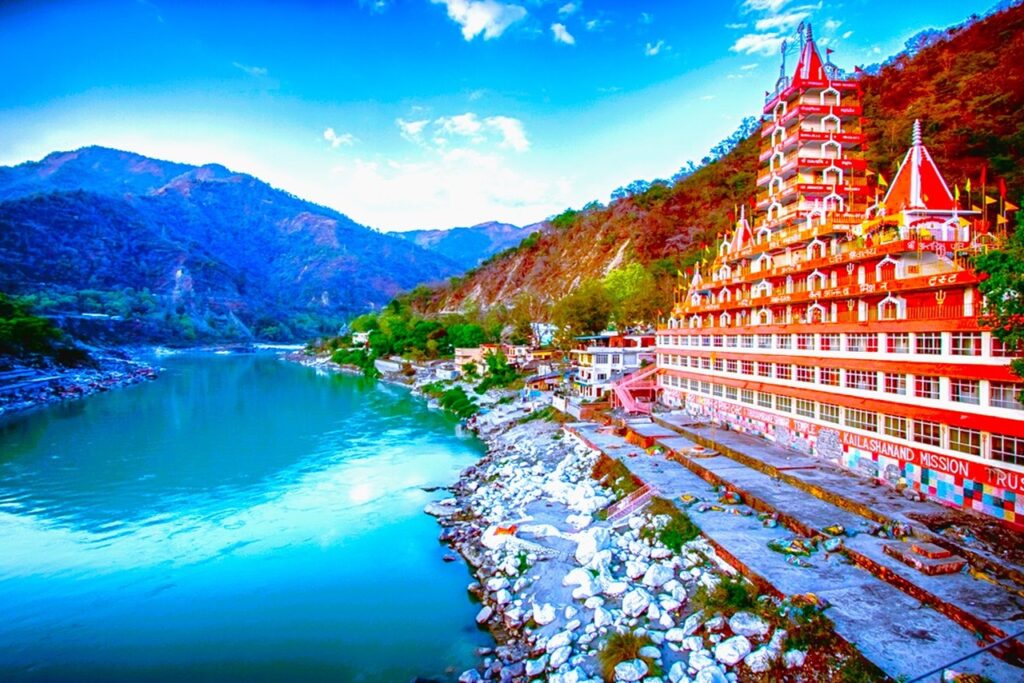
Nestled in the Garhwal Himalayas of Uttarakhand, India, Yamunotri holds a special place in the hearts of pilgrims and nature enthusiasts alike. This sacred town is revered as the source of the Yamuna River, one of the major rivers in the Indian subcontinent. The journey to Yamunotri is not only a physical pilgrimage but also a spiritual odyssey.
Geographical Splendor
Yamunotri is situated at an altitude of approximately 3,293 meters (10,804 feet) above sea level. The location is not only breathtaking but also challenging, as pilgrims trek through rugged terrains to reach this holy site. The surroundings are adorned with majestic peaks, dense forests, and pristine landscapes, creating an ambiance that resonates with tranquility.
Yamunotri Temple
At the heart of Yamunotri lies the ancient Yamunotri Temple, dedicated to Goddess Yamuna. Constructed in the 19th century by Maharani Guleria of Jaipur, the temple is a fine example of traditional Himalayan architecture. The deity is represented in the form of a black marble idol, adorned with silver ornaments. Pilgrims believe that a visit to this sacred temple cleanses one’s sins and paves the way for spiritual awakening.
The Sacred Yamuna River
Yamunotri is not just a destination; it is the birthplace of the Yamuna River. The river originates from the Champasar Glacier near the Bandarpoonch peaks. The pristine waters of the Yamuna are considered pure and are used for religious rituals during the pilgrimage. The journey to the actual source of the Yamuna involves a challenging trek, but the sight of the glacier and the crystal-clear waters is a reward in itself.
Pilgrimage and Traditions
The pilgrimage to Yamunotri is part of the Char Dham Yatra, a sacred journey that includes Gangotri, Kedarnath, and Badrinath. Pilgrims undertake this arduous trek with unwavering faith, seeking blessings and purification. The traditional rituals performed at the Yamunotri Temple involve offering prayers, performing ‘aartis,’ and immersing oneself in the spiritual ambiance.
Natural Hot Springs
Apart from its religious significance, Yamunotri is also known for its natural hot springs at Janki Chatti. Pilgrims often take a dip in these warm waters, believing it to have therapeutic properties. The hot springs provide a welcome respite to tired trekkers and add a unique dimension to the pilgrimage experience.
Conservation and Responsible Tourism
With the increasing number of visitors, there is a growing concern for the conservation of the delicate ecosystem surrounding Yamunotri. Sustainable tourism practices are crucial to preserving the pristine environment, and efforts are being made to raise awareness about responsible tourism among pilgrims and tourists.
Yamunotri, with its spiritual aura and natural beauty, stands as a testament to the rich cultural and religious heritage of India. The pilgrimage to this sacred site is not just a physical journey but a soul-stirring experience that connects individuals with nature and divinity. As pilgrims continue to tread the challenging path to Yamunotri, they find solace in the belief that the waters of the Yamuna carry with them the blessings and purity of this divine source in the Himalayas.













